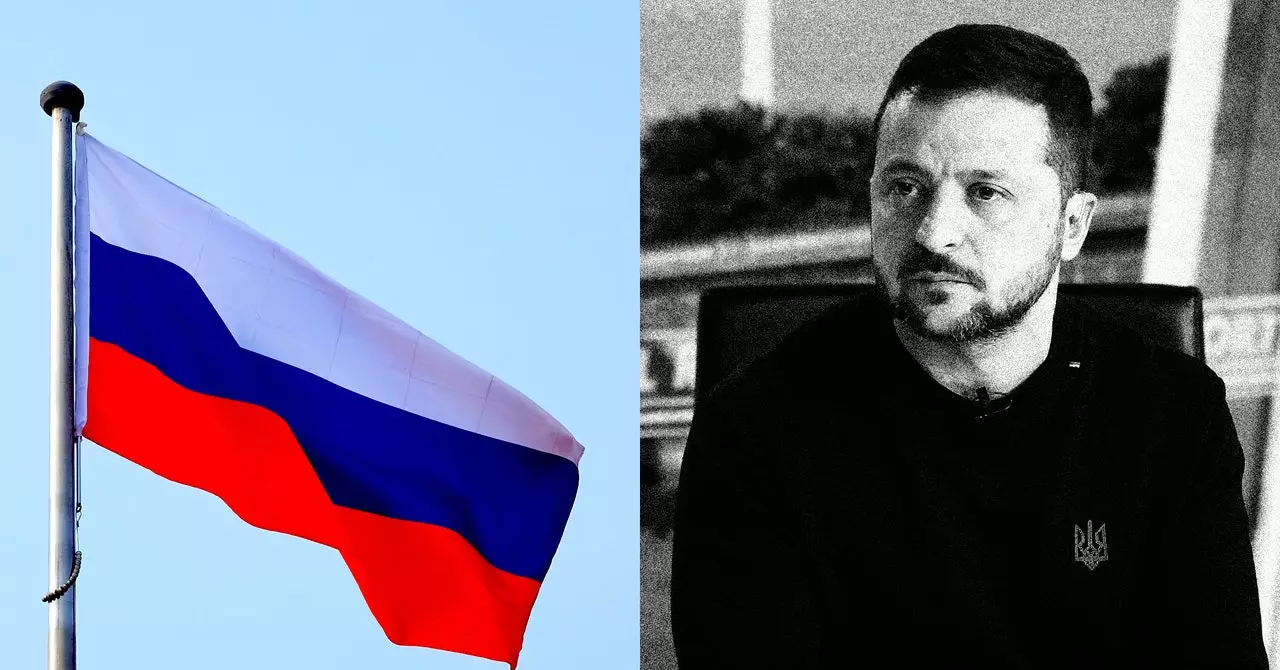In the fast-paced world of the internet, misinformation can spread like wildfire. A recent example of this is the fake news story about Ukrainian president Volodymyr Zelensky’s wife buying a Bugatti car with American aid money. This story originated from an unknown French website called Vérité Cachée and quickly gained traction on social media platforms and search engines.
The article published on Vérité Cachée claimed that Olena Zelenska, the first lady of Ukraine, was the first owner of an all-new Bugatti Tourbillon. It alleged that during a trip to Paris, she placed an order for a $4.8 million supercar from Bugatti. The article included a fake video of a man claiming to work at the dealership, further adding to the credibility of the false narrative.
Vérité Cachée is part of a network of websites believed to be connected to the Russian government. These websites disseminate Russian propaganda and disinformation to audiences in Europe and the US. Researchers have found that these websites use generative AI to create, scrape, and manipulate content, with thousands of articles attributed to fake journalists.
The false Bugatti story was quickly picked up by several Russian media outlets and circulated on pro-Kremlin Telegram channels with large followings. The disinformation was also promoted by fake bot accounts on platforms like X. Pro-Kremlin accounts and trolls further amplified the story, leading to its proliferation on social media platforms.
Despite Bugatti issuing a statement debunking the story, it continued to spread online. The false narrative made its way to English-language websites, prompting them to report on the story based on social media posts and the Vérité Cachée article. As a result, the story became the top result on Google search, showcasing the ease with which misinformation can manipulate search engine algorithms.
The rapid spread of this fake news story highlights the dangers of disinformation in the digital age. In just a few hours, a fabricated narrative went from an obscure website to a top trending topic, casting doubt on the reliability of information found online. This incident serves as a reminder of the importance of critical thinking and fact-checking in an era where misinformation can easily sway public opinion.
The case of the false Bugatti story demonstrates the power and reach of disinformation networks in shaping online discourse. It underscores the need for greater vigilance and media literacy to combat the spread of fake news and uphold the integrity of information on the internet.


Leave a Reply